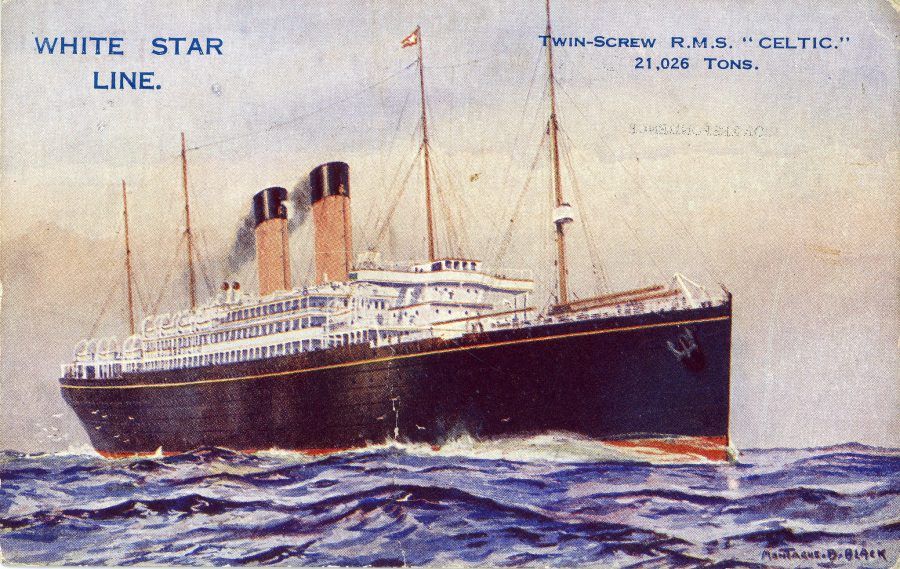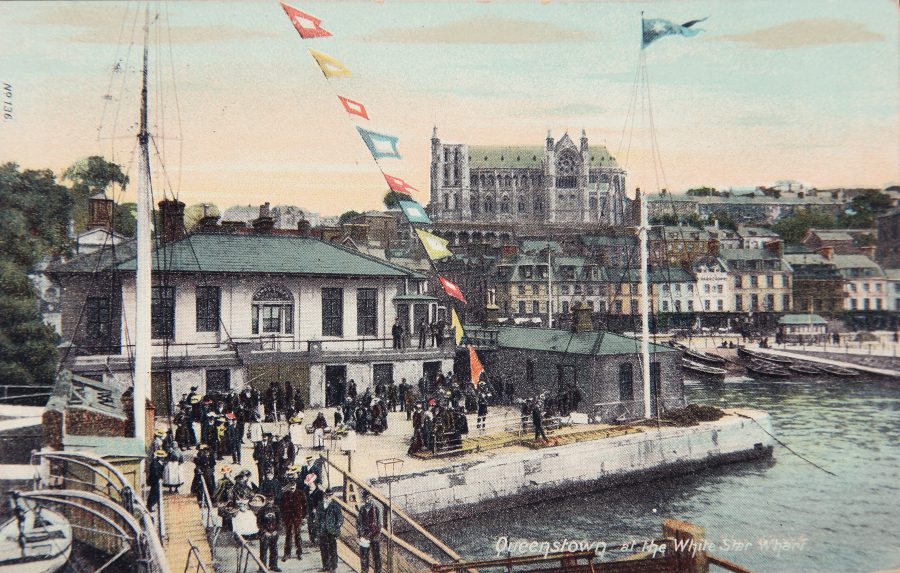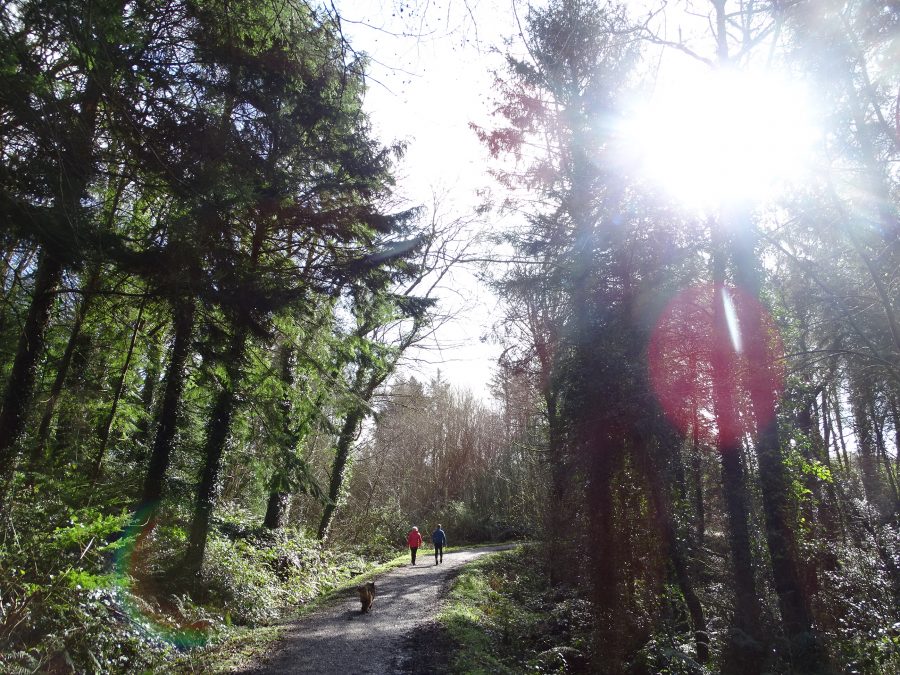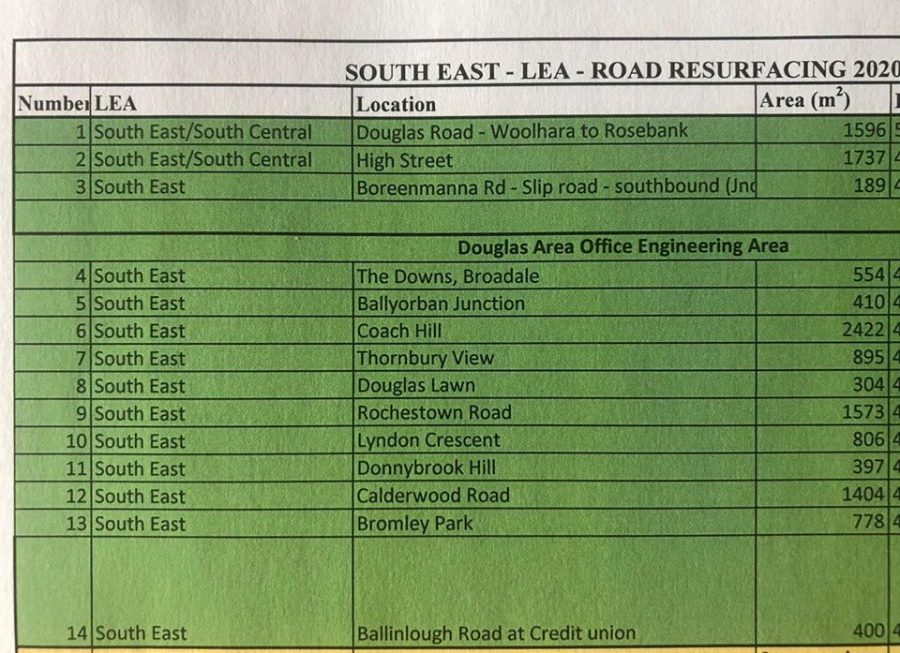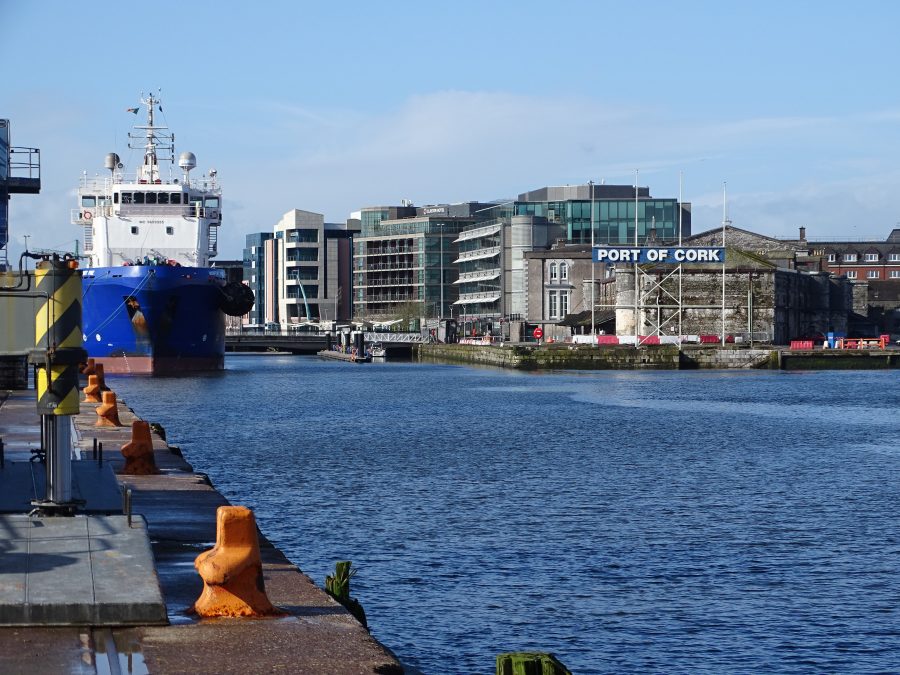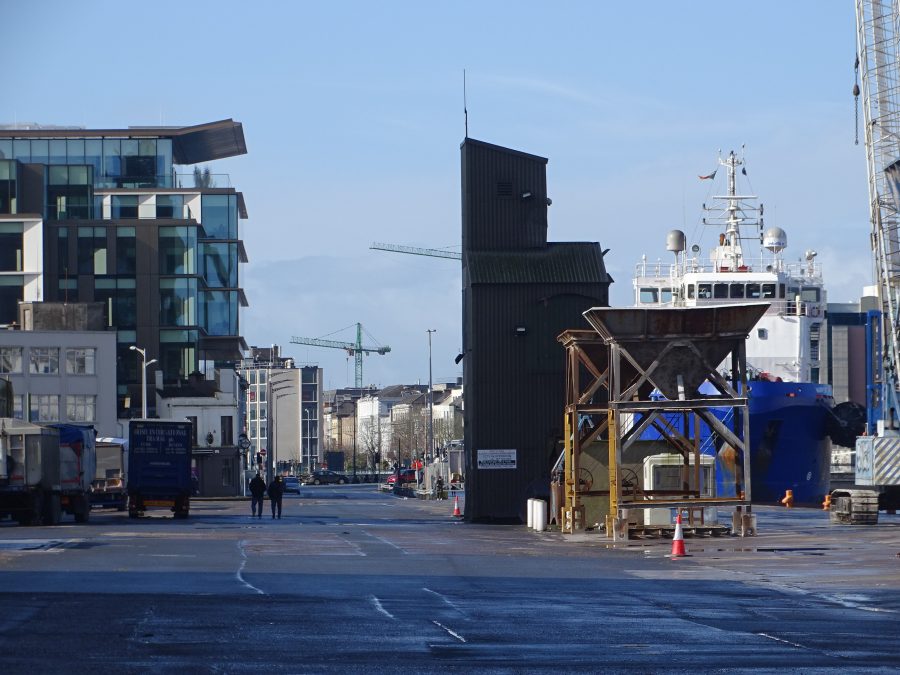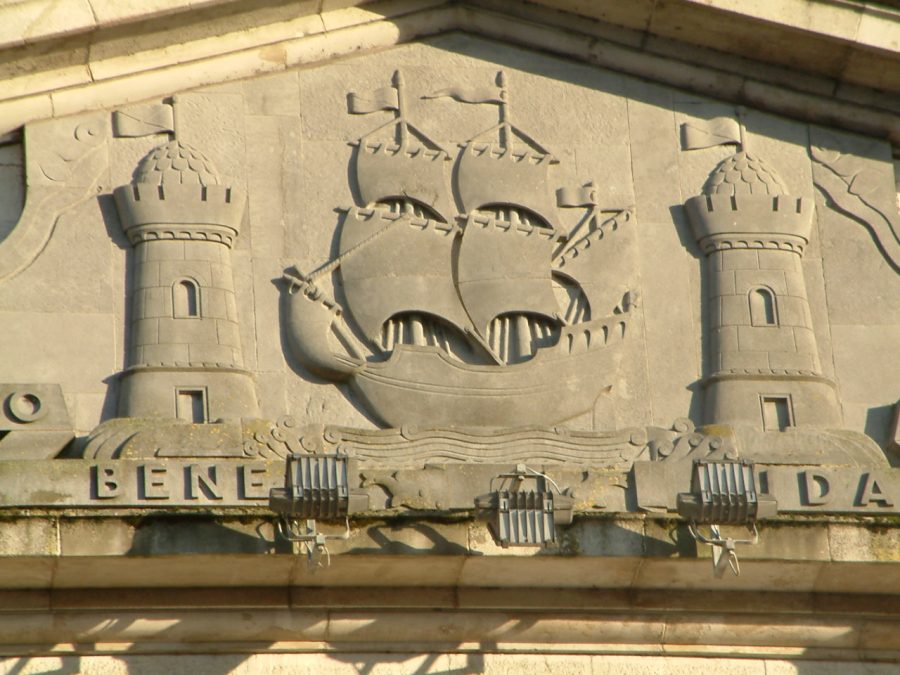In line with the accelerated Government roadmap, our public counters in City Hall, Anglesea Street, Cork will reopen from Monday June 29, from 10 – 4 pm, Monday to Friday.
However, they are asking residents, business and communities to telephone our Customer Service Unit at 021 492 4000 or to visit our website www.corkcity.ie before coming to City Hall.
For your safety, strict social distancing measures will be in place including:
Meetings by appointment where possible;
Supervised queuing system outside the building;
Limitation on numbers in the building;
Maximum of two callers per household.
Many of our services are available online or over the phone so you may be able to avoid an unnecessary journey. Our dedicated Customer Service team will help you to make an appointment with the right department, should you need one.
The following services can be accessed online or over the phone in the following ways:
Housing:
HAP tenants can contact the Council via the Customer Service Unit at 021 492 4000, email hap@corkcity.ie or via www.corkcity.ie
The Accommodation Placement Unit is now located at City Quarter, Lapps Quay and can be telephoned at 021 – 4924248 or by email homeless@corkcity.ie
Housing tenants with urgent queries, including emergency housing maintenance repairs, can contact our Customer Service Unit at 021 492 4000.
Parking:
The following services are available online at www.corkcity.ie :
Resident parking permit applications;
Payment of parking fines;
Parking fine appeals can be posted or emailed to parkingappeals@corkcity.ie.
From Monday 29 June shoppers and visitors to the city centre can avail of two hours free parking at North Main Street and Paul St multi-storey car parks.
There are over 900 parking spaces between both sites.
Normal charges will apply after two hours. This parking promotion will continue until August 31.
Libraries, leisure and cultural spaces:
Cork City Libraries are delighted to re-open their doors on a managed basis in line with national public health requirements tomorrow, June 29.
The City Library on Grand Parade will open its Childrens, Music and Lending Department for borrowing and return, as will Bishopstown Library.
On Tuesday, 30 June, Ballincollig, Blackpool, Glanmire, Hollyhill, Mayfield and Tory Top Libraries will open for borrowing and return.
Due to social distancing, Blarney Library will continue operate a Phone, Collect, Return service only and Douglas pop-up is closed.
Please note that the Reference Library and Local Studies will not open but are operating a phone and email service.
Priority hour for elderly or at risk patrons is 10 am – 11 am and all under 12s must be supervised at all times. As maximum numbers will apply we ask that you limit your time to a quick visit.
Please note all other services, public PCs, photocopying, printing, newspapers, magazines and so on are not available in our libraries at the moment due to hygiene and social distance rules.
For full information https://www.corkcitylibraries.ie/…/us…/covid-19-information/
Under 12s must be supervised at all times. Returned books will be quarantined for 72 hours. Please observe social distancing, good hand hygiene and cough/sneeze etiquette on your visit to the library.
As maximum numbers will apply, we ask that you limit your visit to a quick visit.
Cork City Libraries have many online resources at www.corkcitylibraries.ie where you can still borrow eBooks, eMagazines, listen to music, take an online course or renew your borrowed books – all free with your library card.

